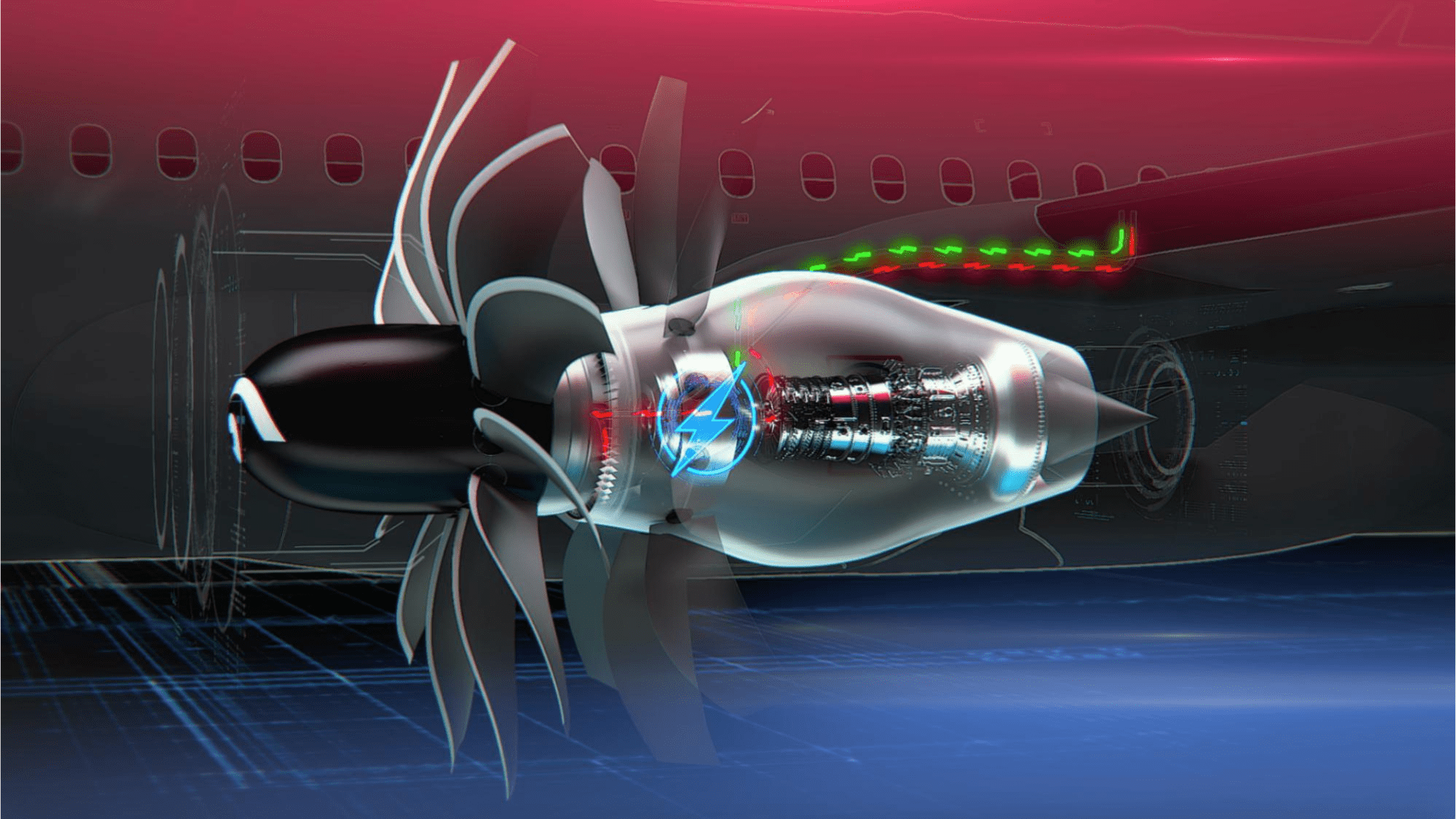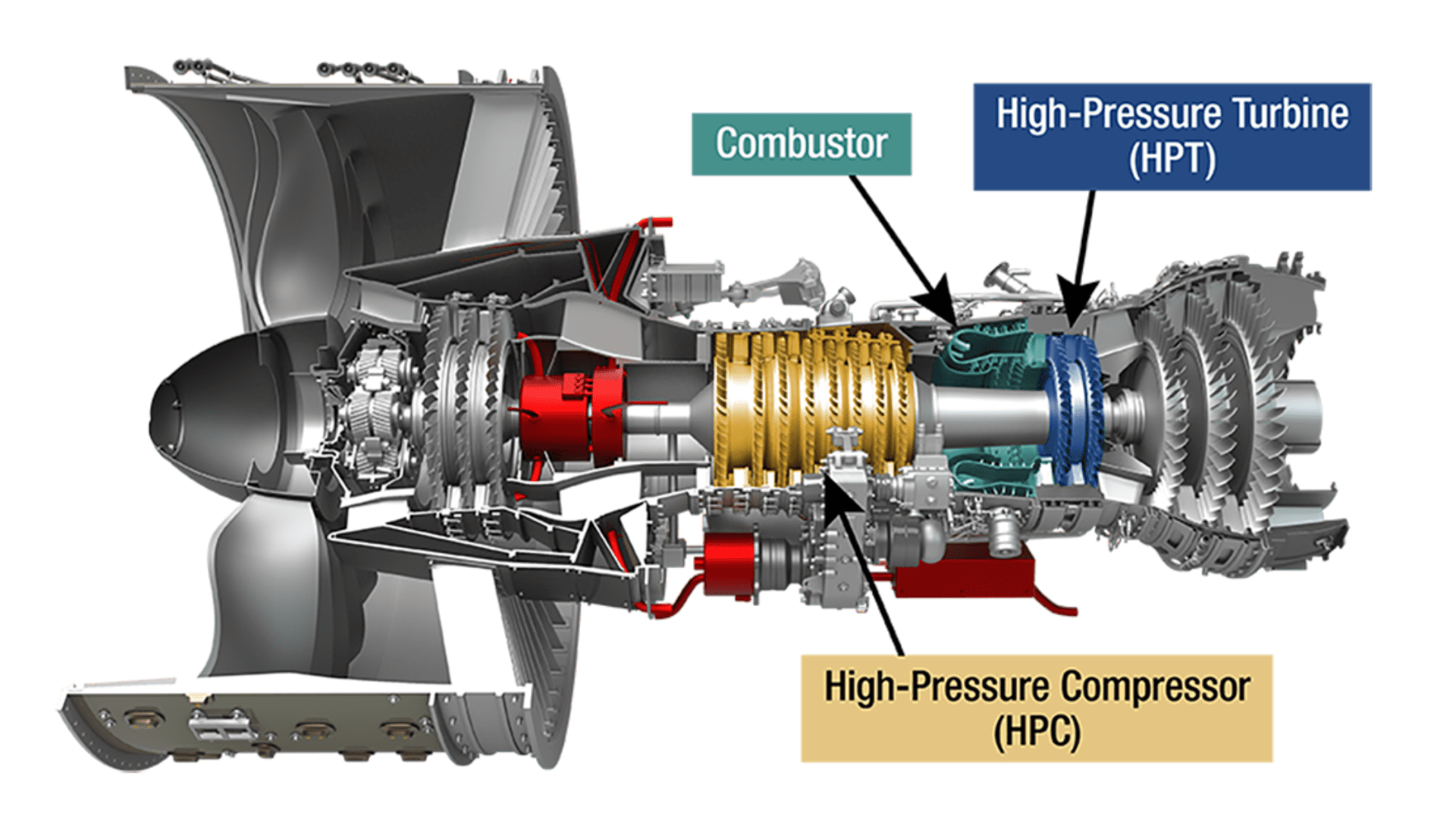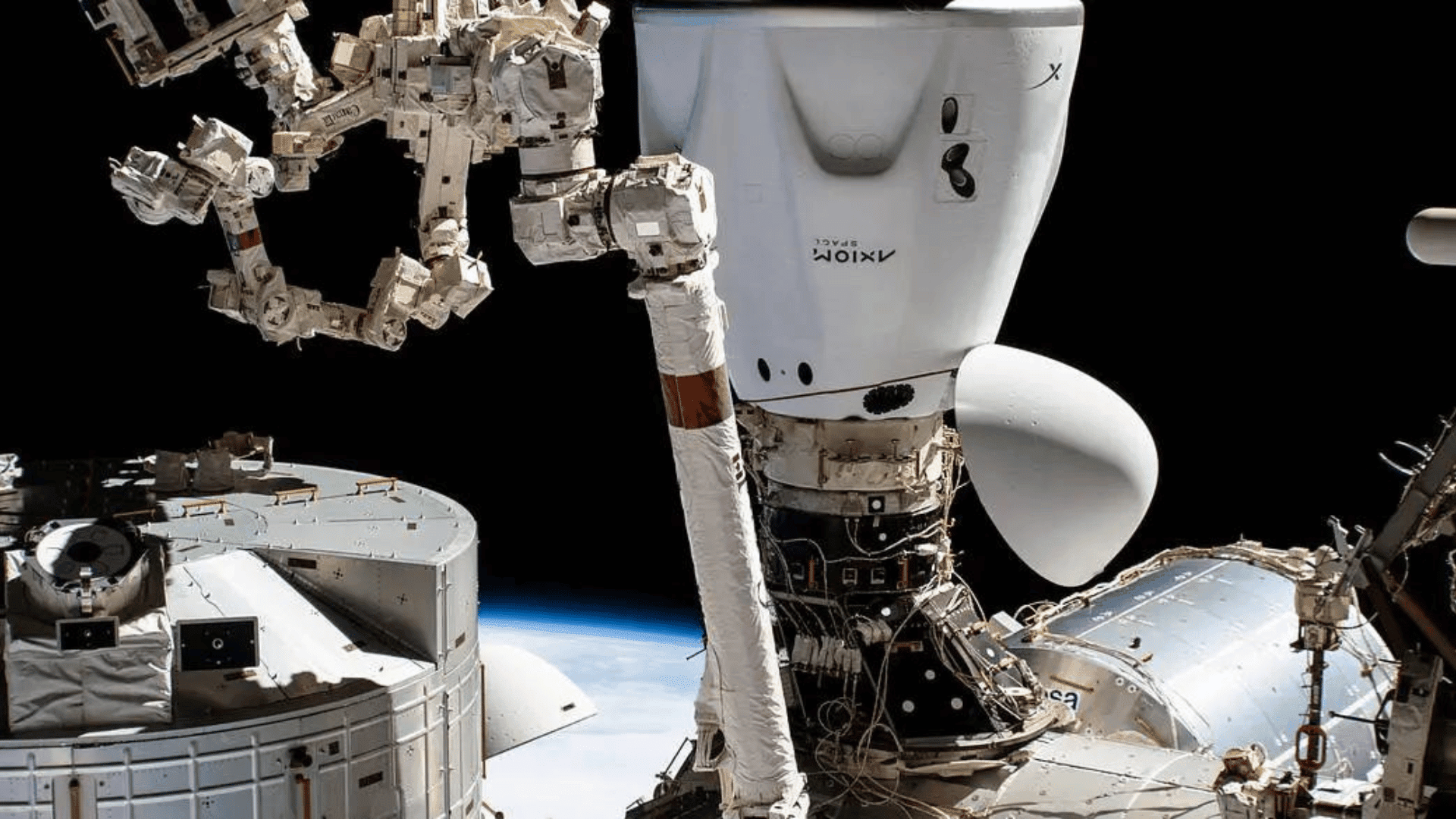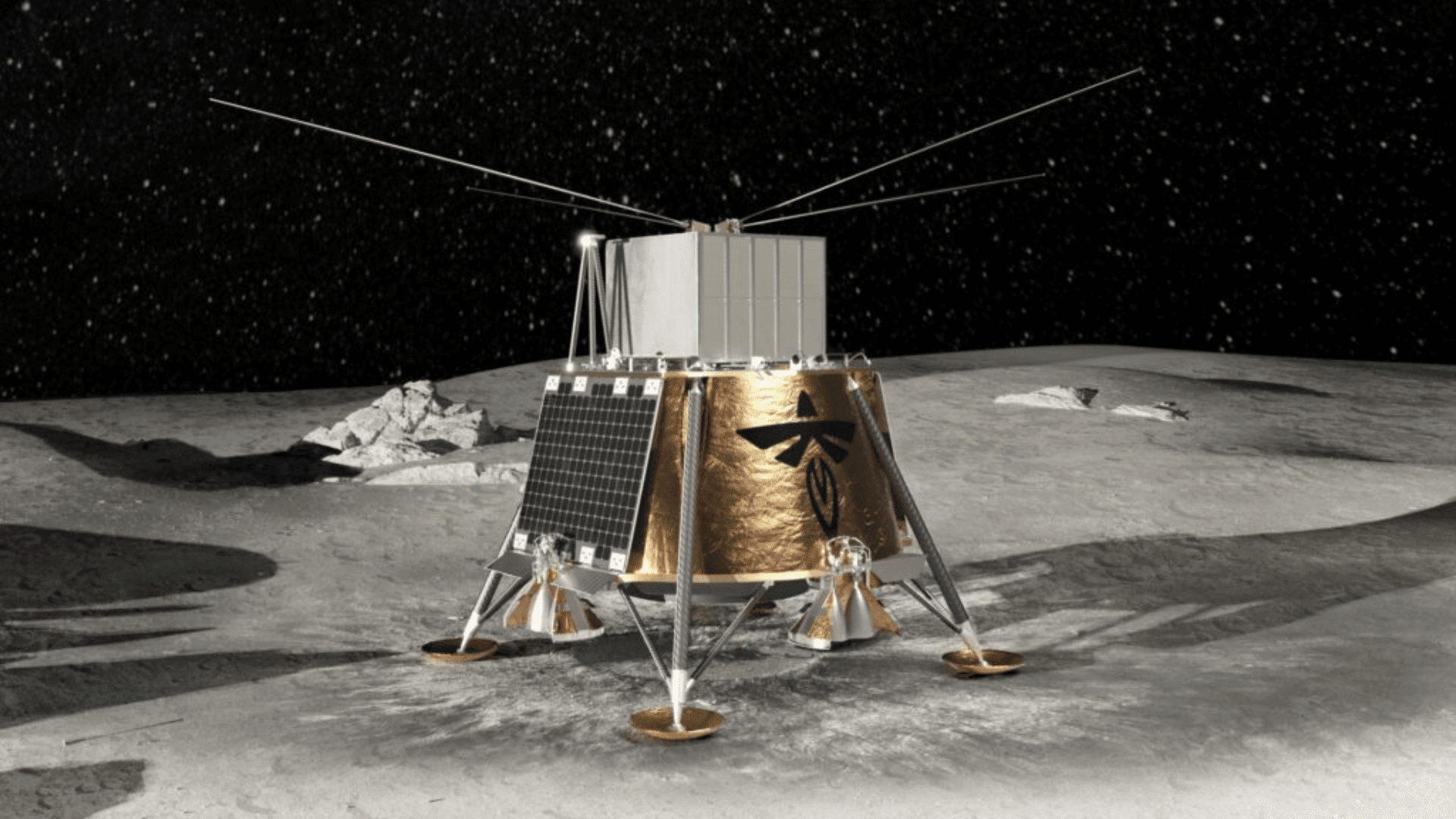NASA is designing a new jet engine concept for the next generation of “ultra-efficient airliners.” It’s part of NASA’s goal to make the aviation industry more sustainable.
Sustainable Jet Engine Core

To try and make the industry more sustainable, NASA is developing a small core for a hybrid-electric turbofan jet engine. This new core could reduce fuel burn by 10% compared to modern engines. A jet engine core generates power. The core is where compressed air meets fuel and ignites to create power. According to the agency, making the core smaller can improve fuel efficiency and reduce carbon emissions.
The project is called Hybrid Thermally Efficient Core (HyTec). NASA’s goal is to demonstrate the small core and have the technology ready to power the next generation of aircraft by the 2030s. The project has two phases. Phase one is wrapping up. It focuses on the technology needed for the demonstration. Phase two is starting now. Researchers are designing, building, and testing a compact core in the second phase, in collaboration with GE Aerospace.
“Phase 1 of HyTEC is winding down and we are ramping up Phase 2,” said Anthony Nerone, who leads HyTEC at NASA’s Glenn Research Center in Cleveland. “This phase will culminate in a core demonstration test that proves the technology so it can transition to industry.”
Explore Tomorrow's World from your inbox
Get the latest innovations shaping tomorrow’s world delivered to your inbox!
I understand that by providing my email address, I agree to receive emails from Tomorrow's World Today. I understand that I may opt out of receiving such communications at any time.
More to Come

Compared to standard jets today, heat and pressure are increased to maintain the same level of thrust while shrinking the core. Because the core needs to withstand higher temperatures, more durable materials are used to build it. In addition, the project explores advanced aerodynamics and other key technical elements.
Furthermore, phase 2 builds on Phase 1. Building on phase 1 is important to creating a compact core for ground testing that proves HyTEC’s capabilities. However, this is not an easy task.
“Phase 2 is very complex. It’s not just a core demonstration,” Nerone said. “What we’re creating has never been done before, and it involves many different technologies coming together to form a new type of engine.”
Testing the technologies in the HyTEC program helps enable a much higher bypass ratio, hybridization, and compatibility with sustainable aviation fuels. According to NASA, “The bypass ratio describes the relationship between the amount of air flowing through the engine core compared to the amount of air bypassing the core to flow around it.”
The agency says that by decreasing the core size while increasing the turbofan it powers while maintaining the same thrust power, the HyTEC concept uses less fuel and reduces carbon emissions.
“HyTEC is an integral part of our RISE program,” said Kathleen Mondino, who helps lead RISE program technologies at GE Aerospace. “GE Aerospace and NASA have a long history of collaboration to advance the latest aviation technologies. The HyTEC program builds on this relationship to help chart the future of more sustainable flight.”






